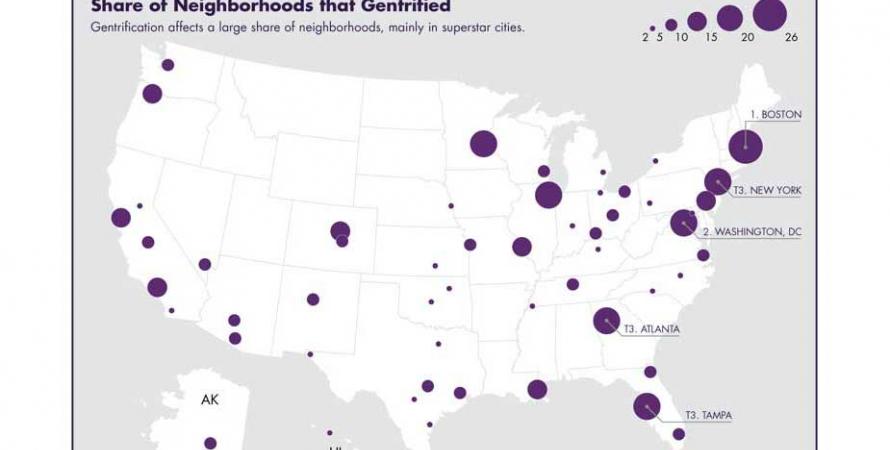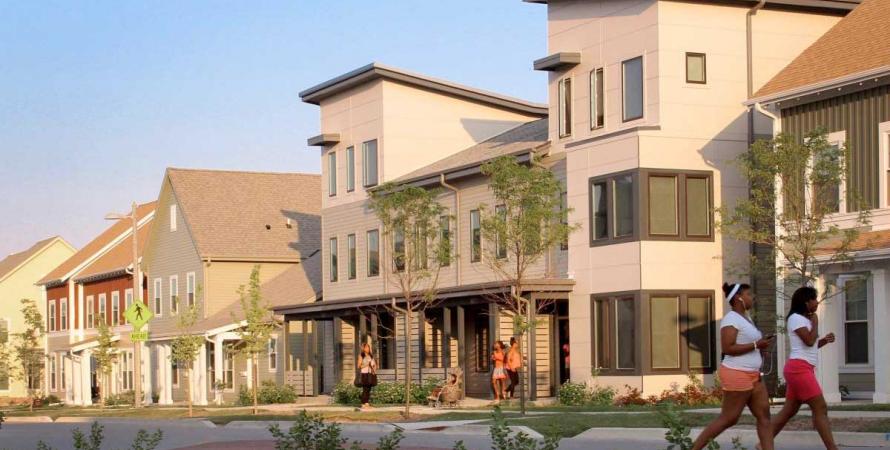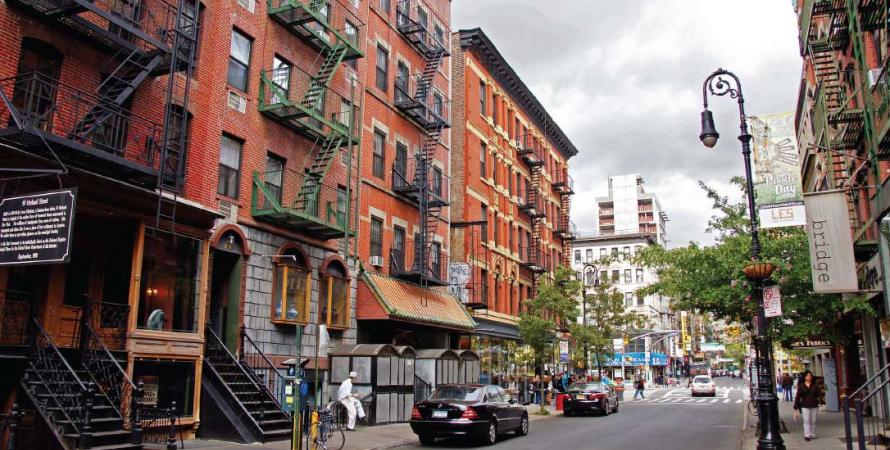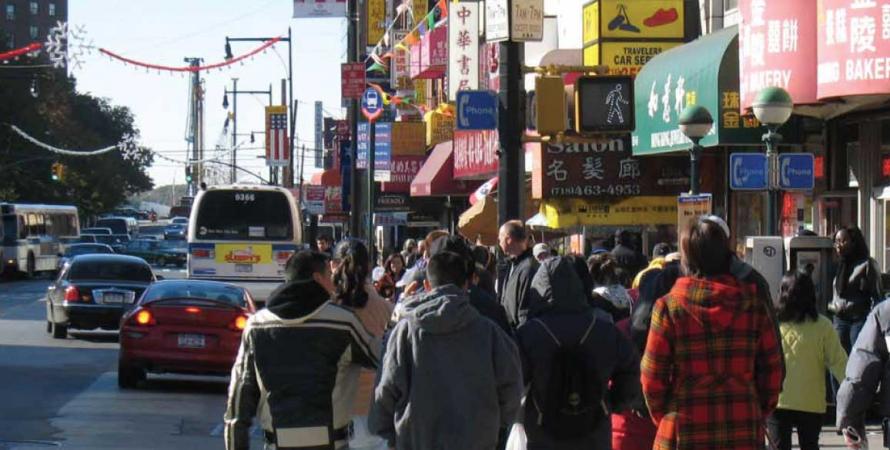-

The urban anxieties of Richard Florida
Grass-roots revitalization is taking place in many American cities, an antidote to the "winner takes all urbanism" described in The New Urban Crisis.When Richard Florida burst onto the North American scene nearly 20 years ago, he did so with a sunny urban vision. His breakthrough book, The Rise of the Creative Class , asserted that a growing class of knowledge workers, techies, artists, and other creative people was gravitating toward city...Read more -

Transforming a ‘barracks’ into a neighborhood
Connecting housing by using a neighborhood pattern improves the lives of moderate-income residents.Born as a public housing tract on Milwaukee’s northwest side, Westlawn Gardens was originally developed in the 1950s to provide affordable dwellings for families. Referred to as “barracks housing,” the site’s buildings were inefficient, undersized for many families in need, and isolated residents...Read more -

Old buildings are made for you and me
From California to the New York Islands—more business activity, affordability, and diversity can be found in neighborhoods with a range of old and new buildings.In a historic assets study of unprecedented scale, the National Trust for Historic Preservation looked at 50 cities in the US, examining more than 10 million buildings of all ages. Old buildings, and a diversity of scale and ages of buildings in a neighborhood, translate to more jobs and affordable...Read more -

The good news on desegregation
The data shows that neighborhoods across America are becoming more racially diverse—despite some reports of persistent segregation.Its rare that some obscure terminology from sociology becomes a part of our everyday vernacular, but “tipping point” is one of those terms. Famously, Thomas Schelling used the tipping point metaphor to explain the dynamics of residential segregation in the United States. His thesis was that white...Read more